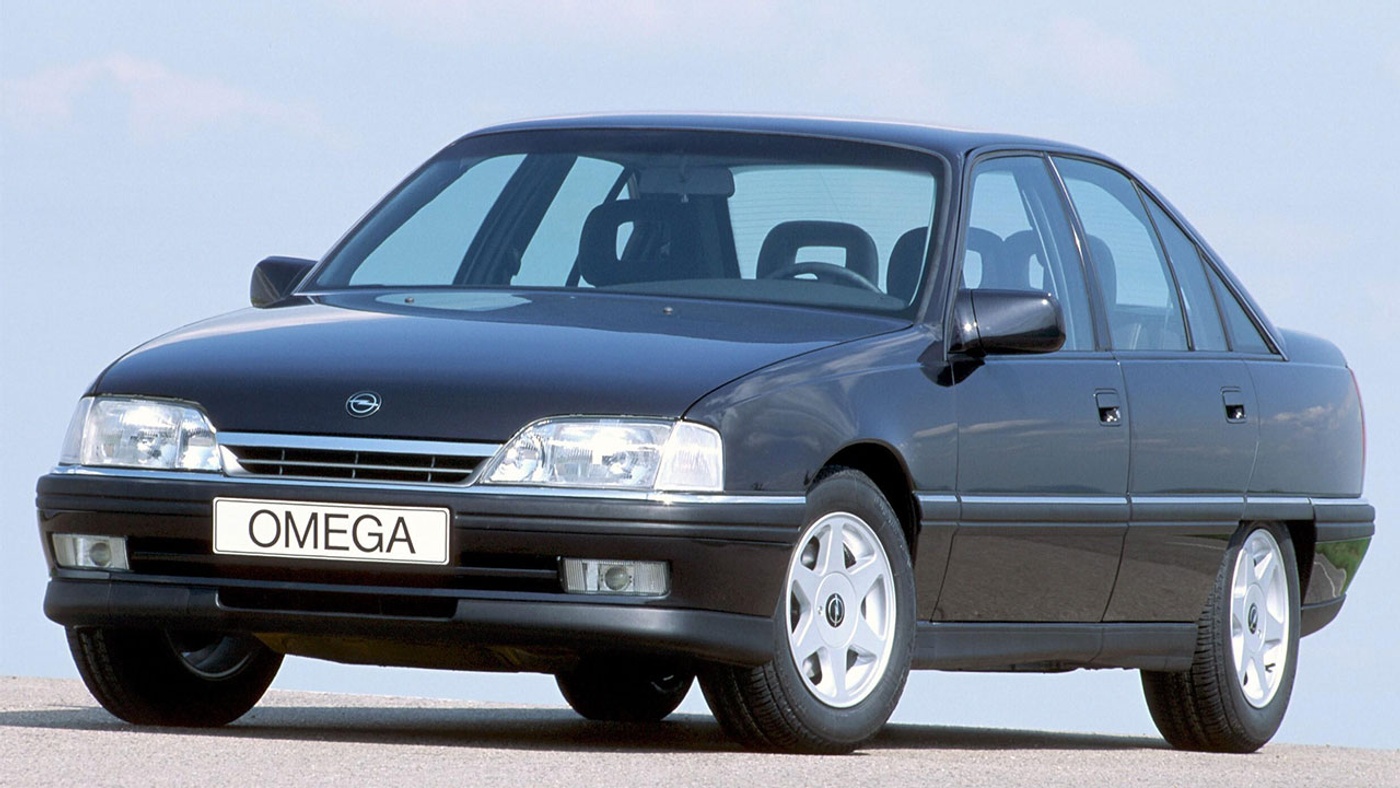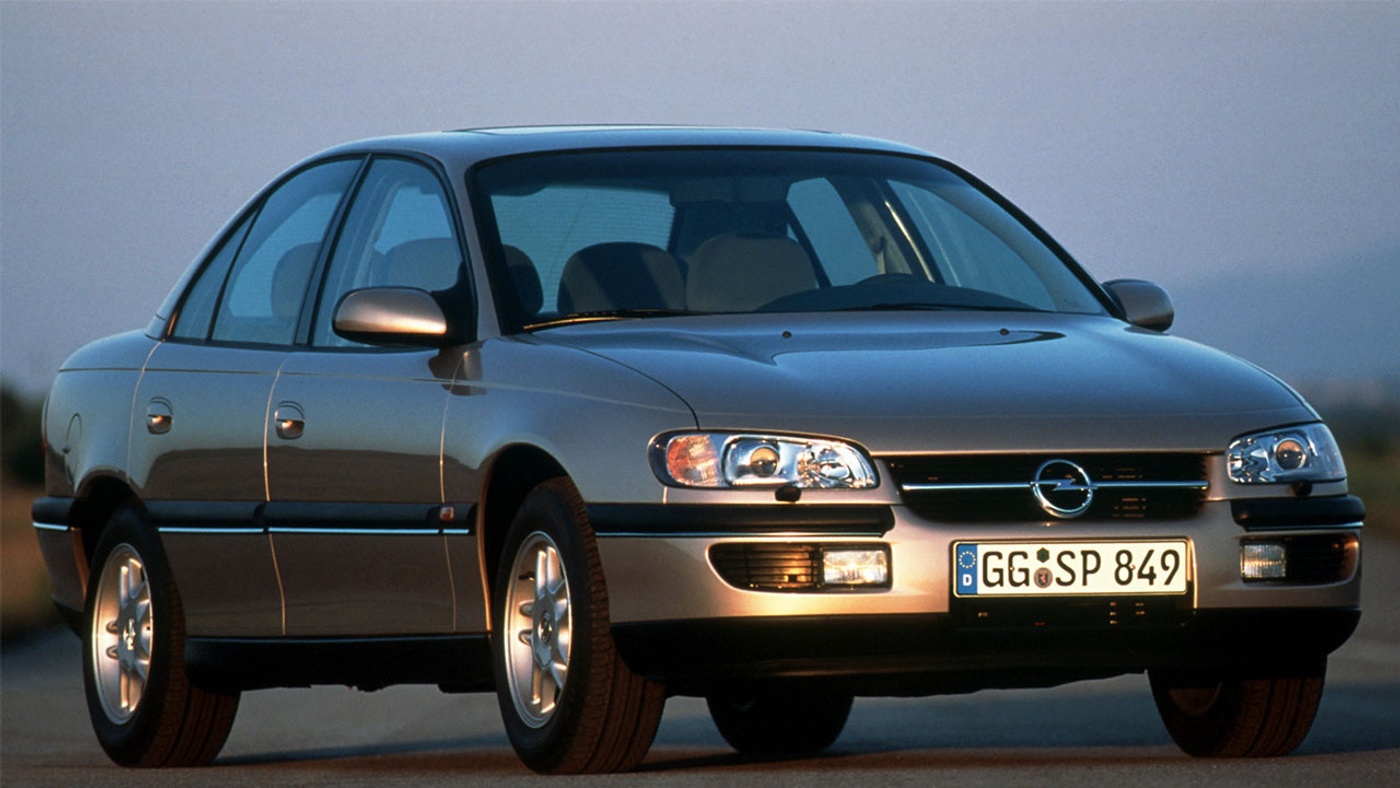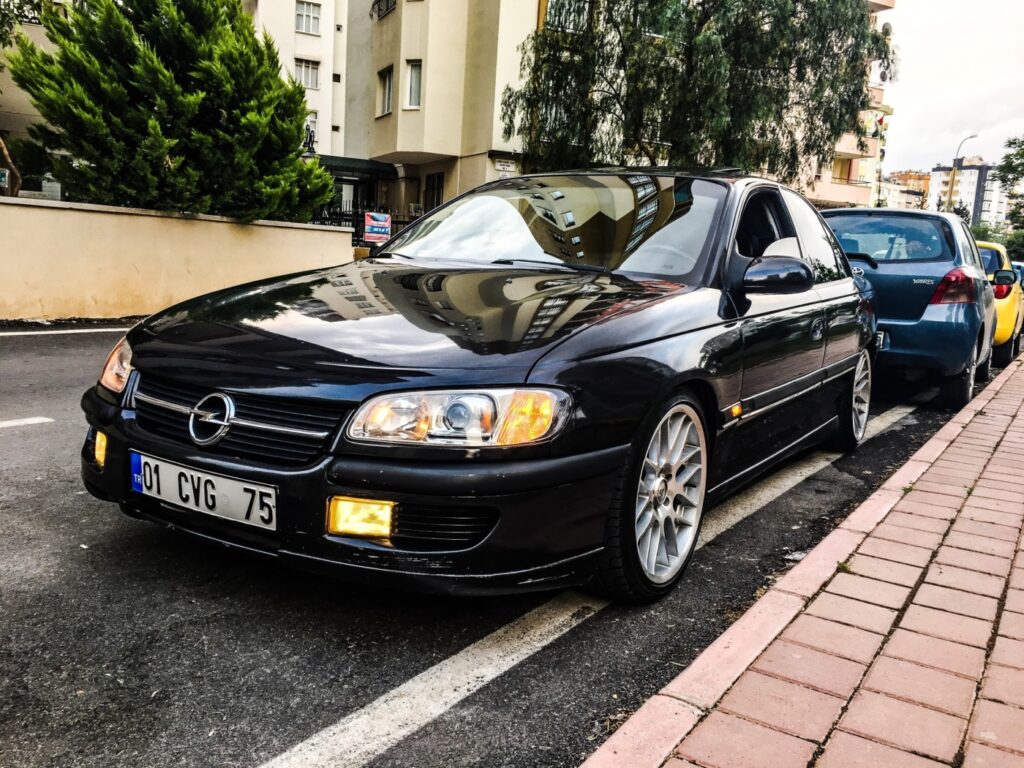When Omega, one of Opel’s significant models, started production in 1986, it was met with high expectations in the automotive sector. The first model, Omega A, won the ‘Car of the Year in Europe’ award in 1987, enhancing Opel’s prestige. This model replaced Opel’s previously successful model, Rekord, and the production of Opel Omega lasted for 17 years. In 1994, the second and final generation of Omega, Omega B, was introduced and its production continued until 2003.
Considering Opel Omega as a Successor to the Rekord Model

In the American market, Omega was known as the Cadillac Catera, where this model was particularly sold under the Cadillac brand between 1997 and 2001, and positioned as a more luxurious alternative to Omega. However, the most remarkable version of Omega was undoubtedly the Lotus Carlton. This model had an enhanced engine capable of producing 377 horsepower and 568 Nm of torque, and was described by car enthusiasts as a ‘faster, more furious’ version.
Lotus Carlton: The More Powerful and Furious Model of Omega

Although the Omega series achieved successful sales figures especially with the Model A, the Model B did not demonstrate the expected sales success and eventually made way for a more modern model, the Vectra. Today, Omega is especially popular among collectors in the automotive world, considered as a ‘living legend’ and its value is increasing day by day.
Source: AutoEvolution


